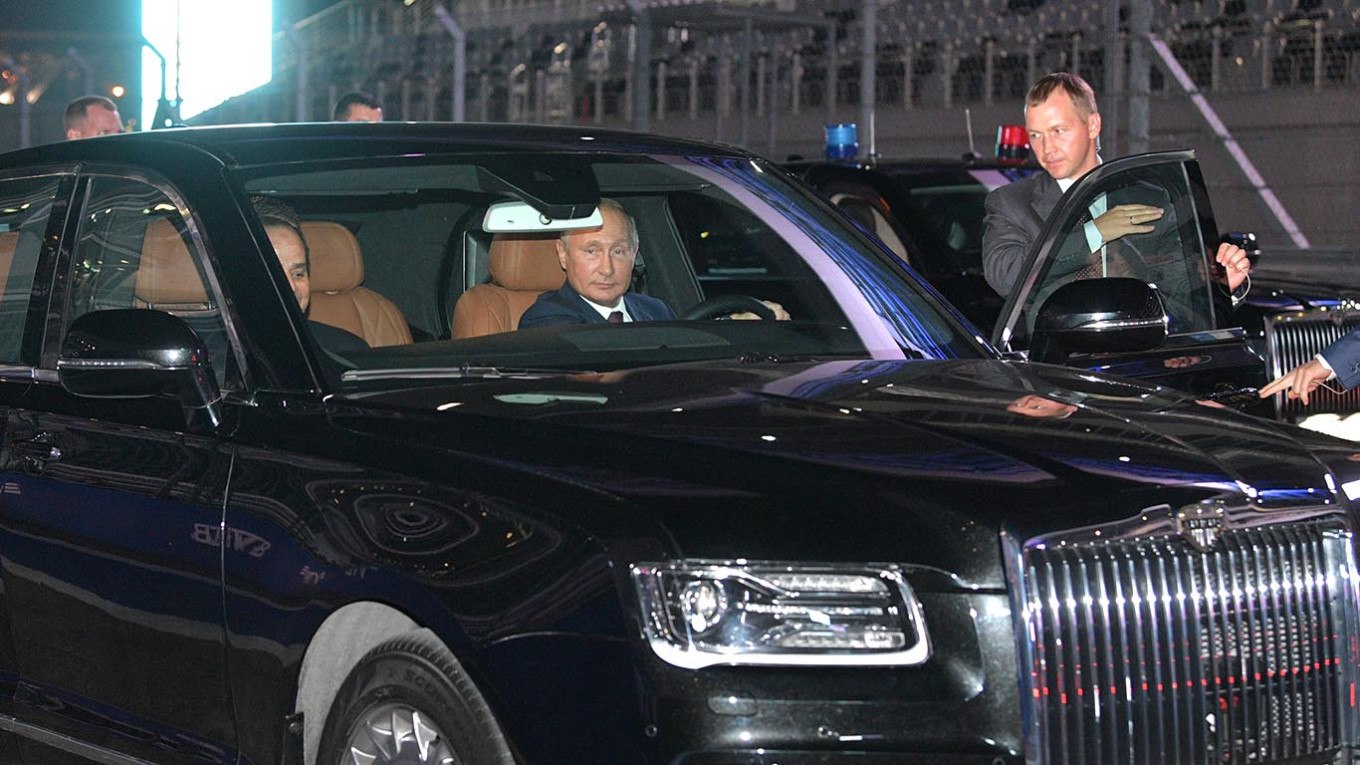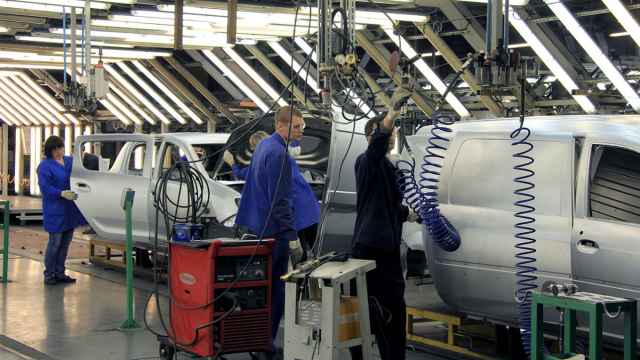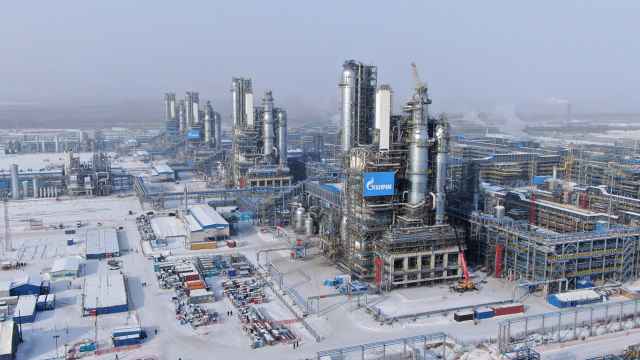Gazprom has taken control of Russian luxury carmaker Aurus after acquiring a 51% stake in mid-2025, the Vedomosti business daily reported Tuesday, citing three sources familiar with the matter.
The stake was purchased through Gazprom Tech, a subsidiary set up in 2023 to consolidate assets in aviation, shipbuilding and automotive manufacturing. The deal was valued at 12-13 billion rubles ($148-160 million, according to spot foreign exchange market data from Reuters).
Gazprom bought the shares previously held by Abu Dhabi’s Tawazun fund (36%) and part of the stake owned by state research institute NAMI.
One Vedomosti source said Gazprom had been reluctant to take over the project but was pushed to proceed on the condition that Aurus’ top management be replaced.
The source added that the new investor was expected to commit additional funds to develop the brand, whose limousines are used by President Vladimir Putin and senior officials.
A previous plan in 2023 foresaw Gazprom taking up to 40% of Aurus from NAMI to help fund the launch of more affordable models.
Aurus’ current shareholder structure is not public. Historically, NAMI held 63.5%, Tawazun 36% until its stake was transferred to Russian firm Dedal in late 2024 and 0.5% belonged to Hit Motors Rus, led by former Moskvich CEO Hans-Peter Moser.
A leadership change followed in September 2025, when former Yakovlev aviation executive Andrei Boginsky replaced longtime CEO Andrei Pankov.
The Kazan-based news outlet Business Online linked the reshuffle to plans to scale up production, including using the former Toyota plant in St. Petersburg to manufacture premium vehicles.
One of the sources said Aurus aims to start assembling three models under the Senat brand — two sedans and an SUV — at the St. Petersburg site from 2026.
The project has been repeatedly delayed due to stalled talks with Chinese carmaker Hongqi, which was considered as a production partner.
Gazprom’s entry and the management overhaul suggest the state wants tighter control over spending and faster progress on a project that has advanced slowly in recent years, said Sergei Udalov, executive director at Avtostat.
Aurus was developed by NAMI in partnership with Russian automaker Sollers as part of a 2013 government program to create an official state fleet known as Kortezh, funded with 12.4 billion rubles ($153 million).
The Senat limousine debuted at Putin’s 2018 inauguration, and mass production began in 2021 in Yelabuga, republic of Tatarstan. The model now sells for around 50 million rubles ($617,500).
Despite the project’s symbolic value, production has relied heavily on imported components.
Aurus sourced body panels, sensors, controllers, switches, welding equipment and other parts from South Korea until at least 2023, as well as components from China, India, Turkey, Italy and several EU countries.
A Message from The Moscow Times:
Dear readers,
We are facing unprecedented challenges. Russia's Prosecutor General's Office has designated The Moscow Times as an "undesirable" organization, criminalizing our work and putting our staff at risk of prosecution. This follows our earlier unjust labeling as a "foreign agent."
These actions are direct attempts to silence independent journalism in Russia. The authorities claim our work "discredits the decisions of the Russian leadership." We see things differently: we strive to provide accurate, unbiased reporting on Russia.
We, the journalists of The Moscow Times, refuse to be silenced. But to continue our work, we need your help.
Your support, no matter how small, makes a world of difference. If you can, please support us monthly starting from just $2. It's quick to set up, and every contribution makes a significant impact.
By supporting The Moscow Times, you're defending open, independent journalism in the face of repression. Thank you for standing with us.
Remind me later.






